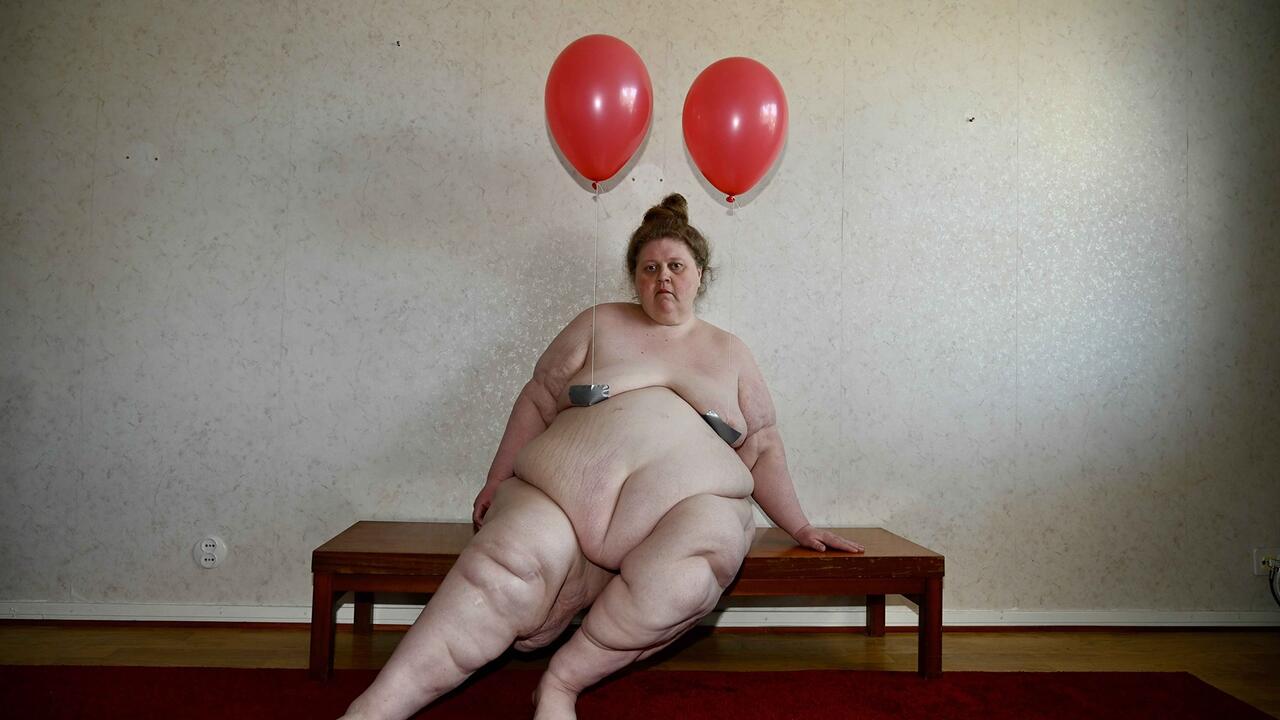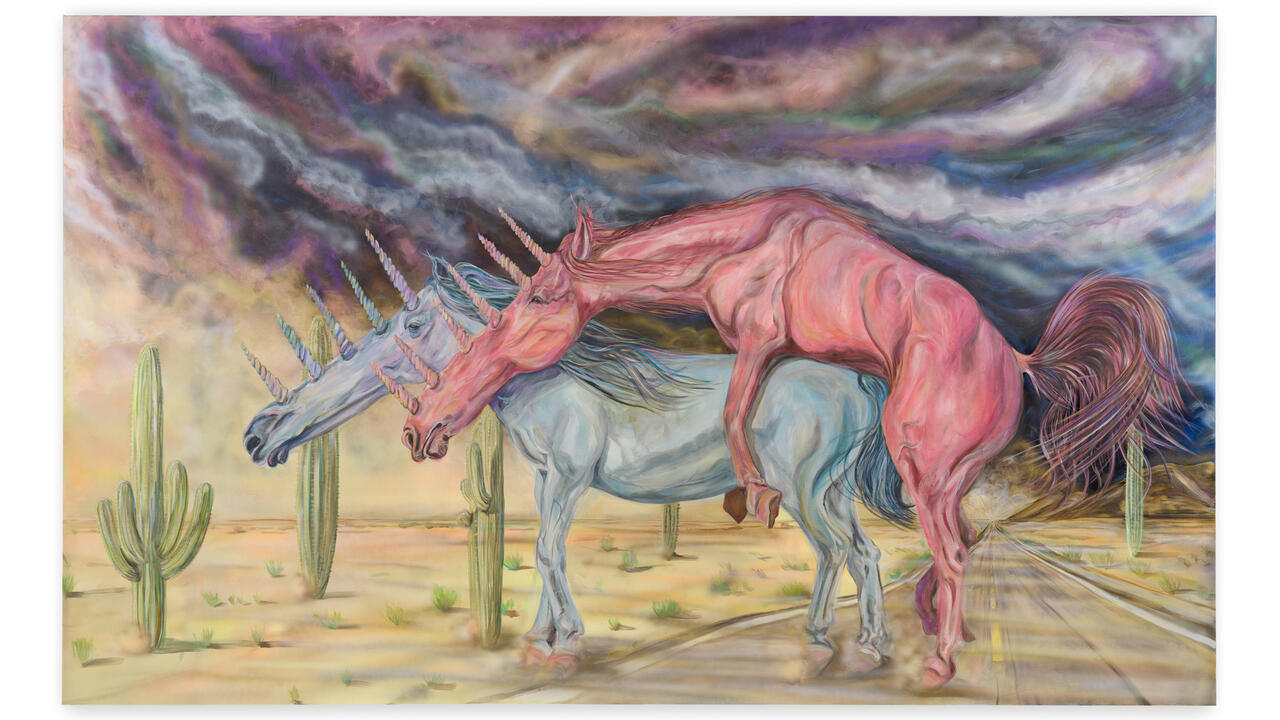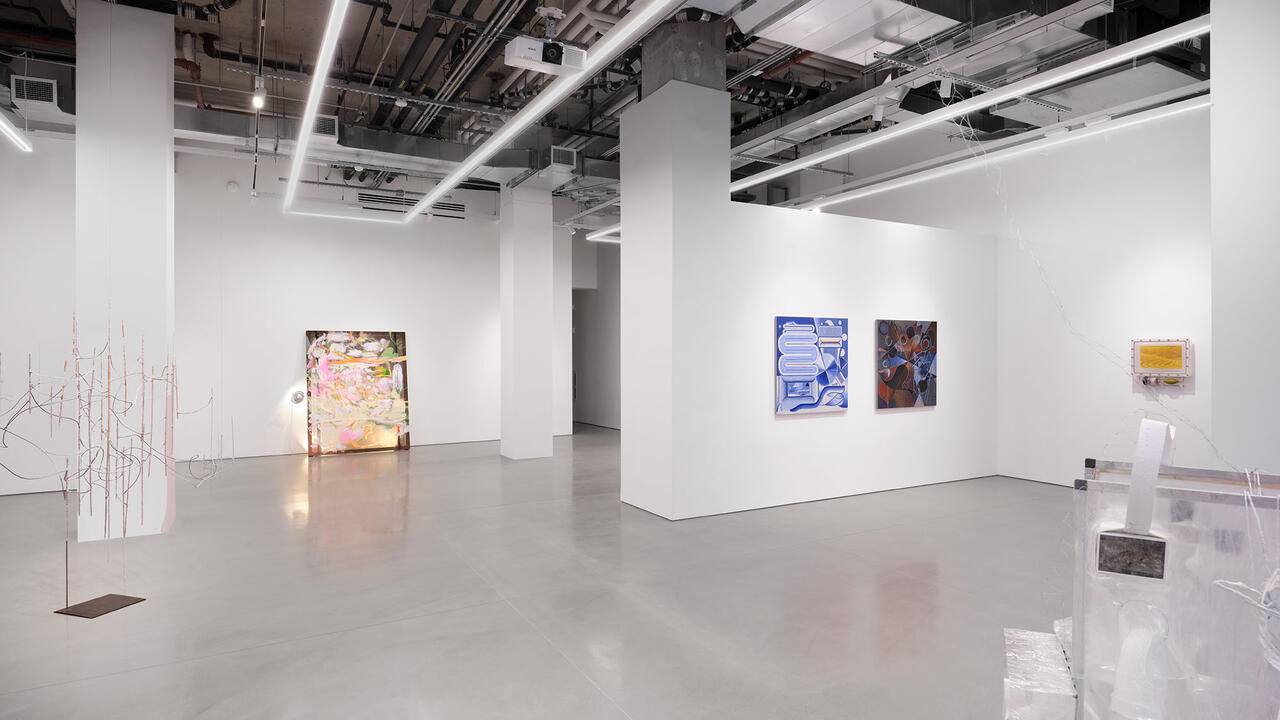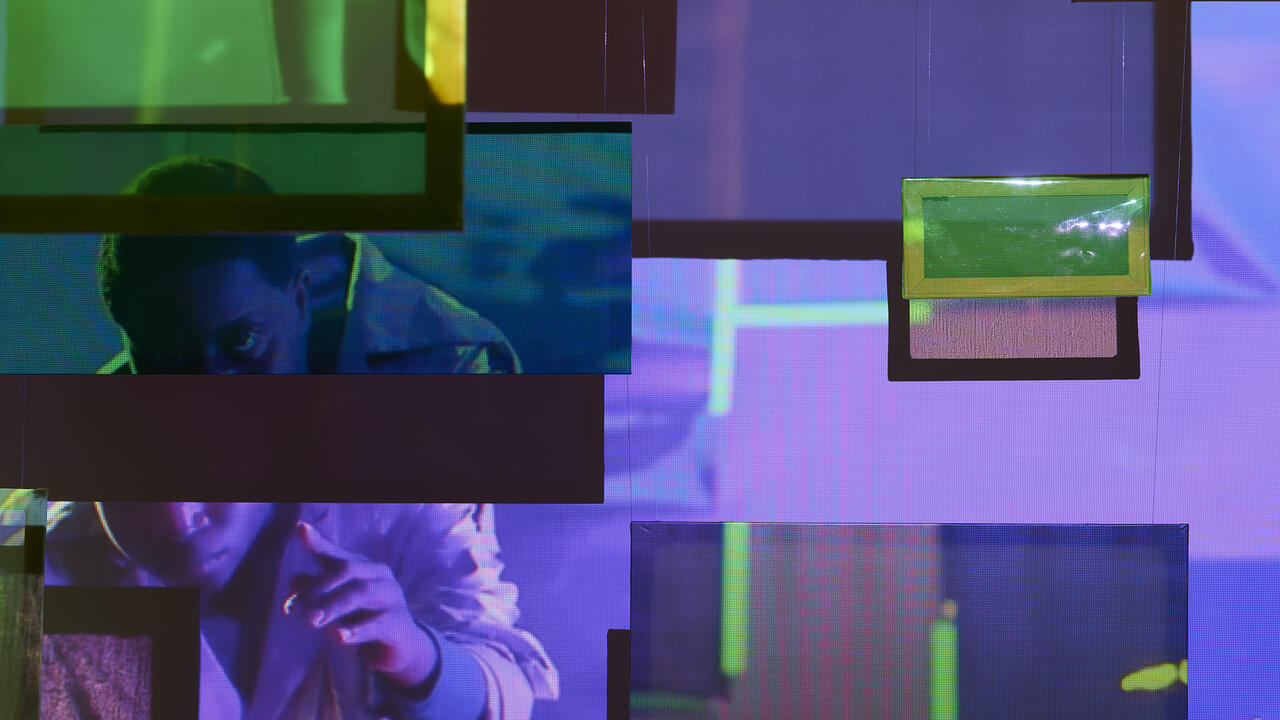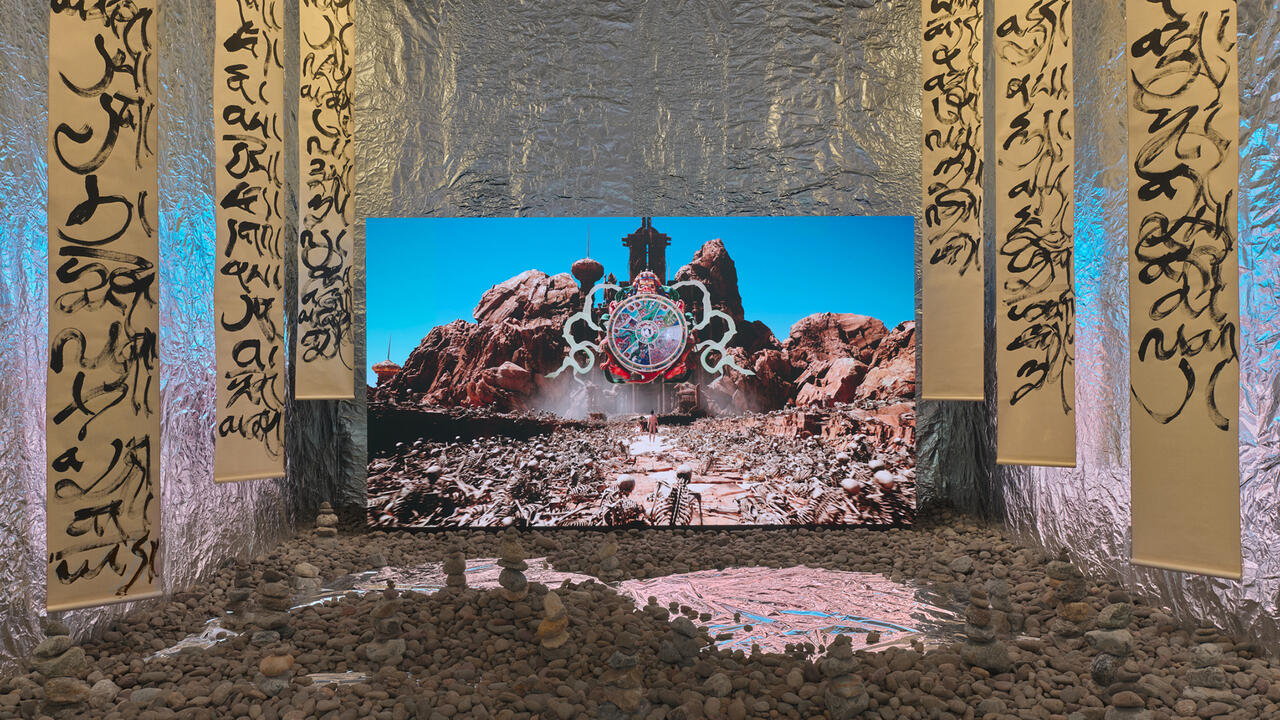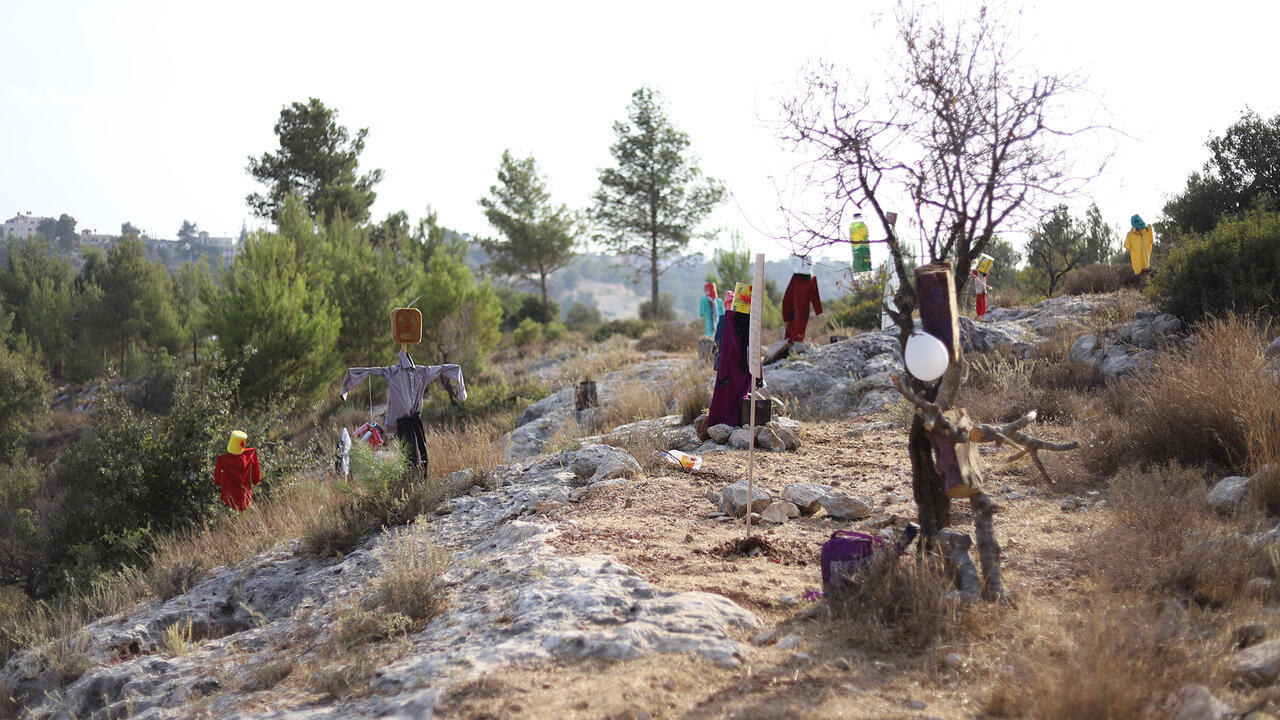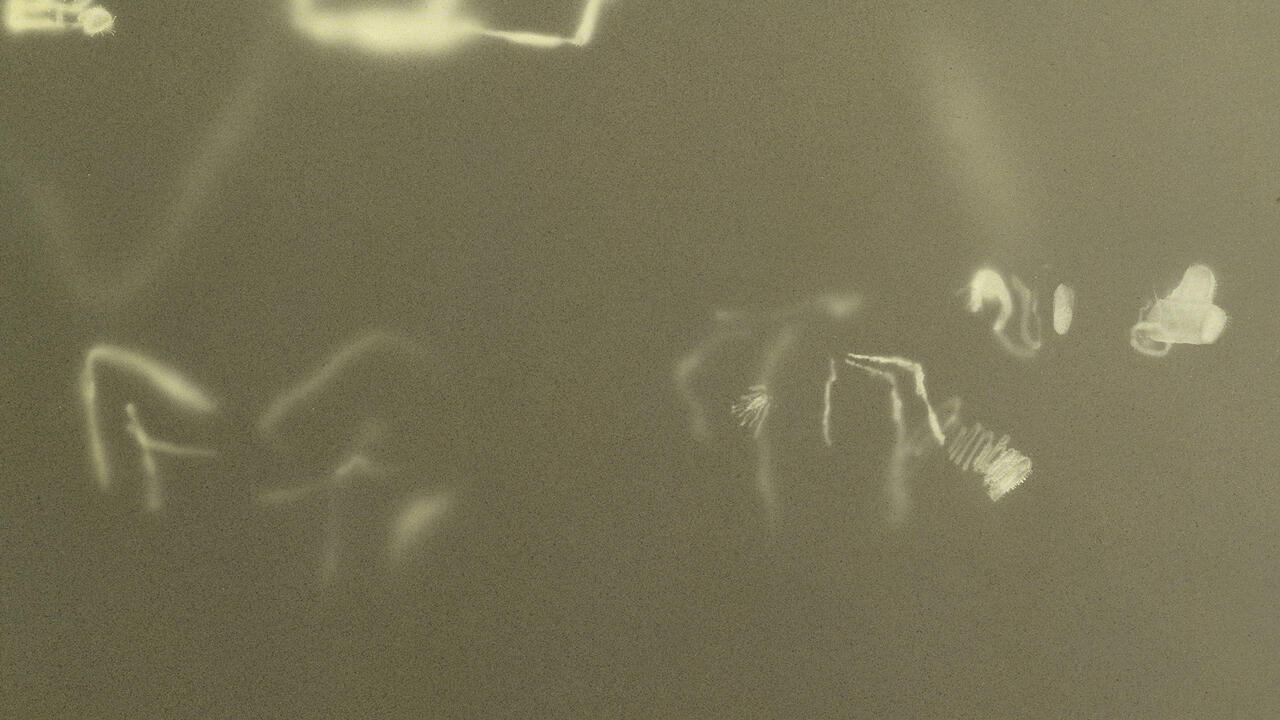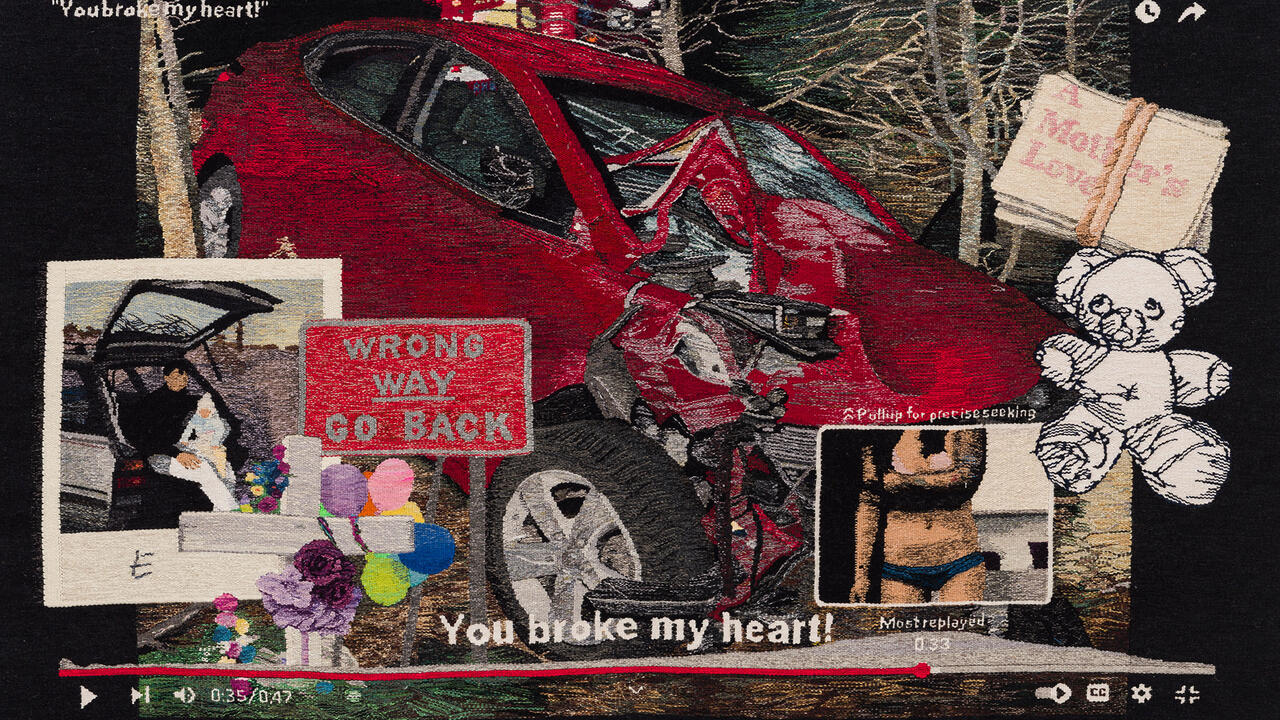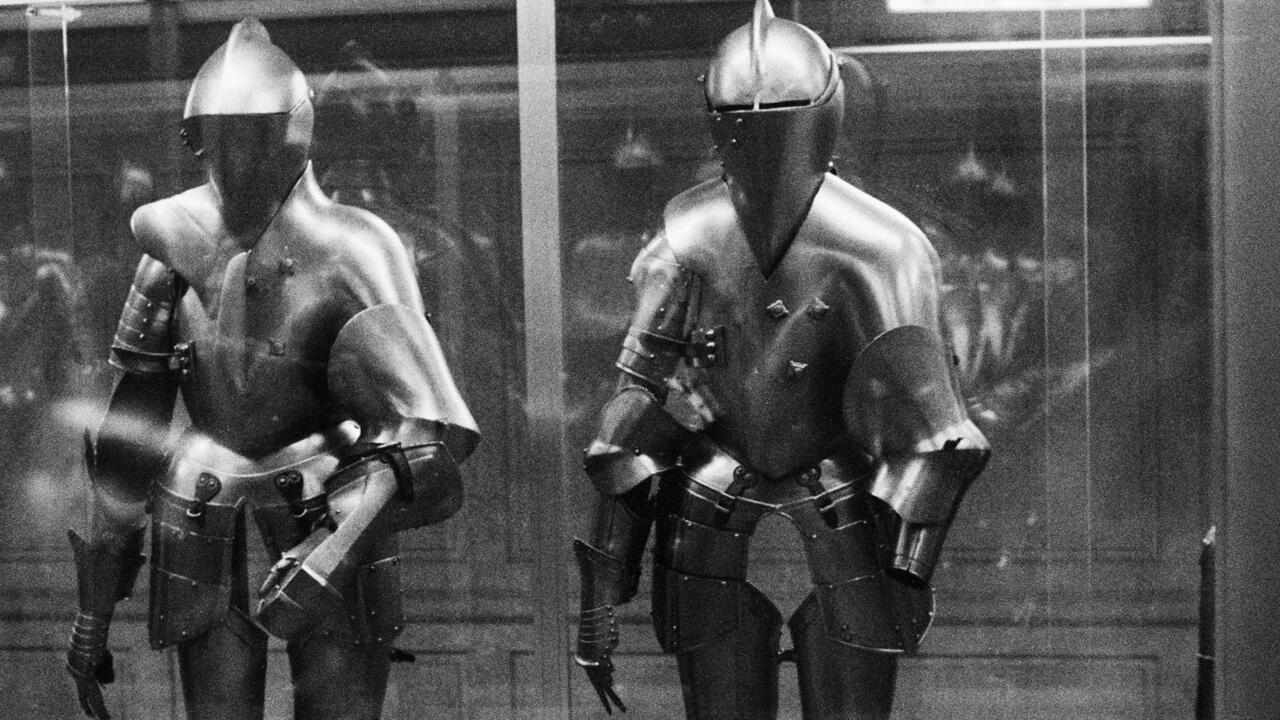Kim Tschang-Yeul’s Oozing Guts and Water Droplets are Windows onto Invisible Worlds
The painter’s work, on view at Tina Kim Gallery in New York, focuses our sight while urging us beyond it
The painter’s work, on view at Tina Kim Gallery in New York, focuses our sight while urging us beyond it

Visitors to ‘Kim Tschang-Yeul: New York to Paris’, which focuses on the artist’s work from the 1960s to the ’80s, might see any number of recent echoes – Helene Appel, Ross Bleckner, Loie Hollowell – since many painters today mine that same space between abstraction and representation, hermetic symbolism and optics. Of course, navigating this terrain was a central concern for artists when Kim came to the US in 1965 from his native Korea, as painting wrestled with transcendental antecedents, materialist imperatives and commercial spectacle. This show is a compelling snapshot of that moment, framing Kim’s exposure to the cauldron of late modernism, minimalism and pop via his own dialogue between East and West. Born in 1929, in the north of a then-unified Korea, Kim became a key figure of the Korean avant-garde, alongside artists Park Seo-Bo, Lee Ufan and Chung Sang-Hwa. Moving to Paris in 1969, he also acted as a critical bridge between European and South Korean artists. This exhibition synthesizes these cross-pollinations in an optical brew as dazzling as it is subtle.

Procession (1970), for instance, acts as a rejoinder to Donald Judd, inflecting his austere seriality with organic blobs that spill out like organs: the final step of the work’s vertical rhythm, a lingering crimson note. Composition (1970) evokes a cellular, mitotic mass or subatomic particles radiating monochromatic light within a yellow expanse. Another Composition from the same year shows a nearly symmetrical passage of concentric bands whose pattern exfoliates a nucleus of horizontally arrayed orbs. Working in large expanses of colour and tight, airbrushed gradients, Kim’s abstractions fuse pop chroma and psychedelic regresses, reducing form to jittering mandala-like arrangements while pushing it towards the hypnotic effects of op art. It is not surprising that such focus on seeing paved the way for the signature motif Kim explored for 40 years: the water droplet.

Reflecting the artist’s spiritual yearning to dissolve the individual ego, Water Drop (1970) is one such study in observation and quietude. Subtly rendered in muted greys and depicting a single drop swelling on the canvas, it stands in stark contrast to Waterdrops (1986), which mimics a steely industrial surface and reduces the subject to a shorthand: darks, lights and crescents of precise colour inscribing the shapes. The drawing Water drops (1972–74), meanwhile, clusters meticulously rendered forms; the work’s sensitivity and precision recall the melancholic tenderness of Vija Celmins. In other paintings, Kim fills the raw canvas with the illusion of alternating patterns of puckered and absorbed moisture, or else bejewels it in beads of delicate trompe l’oeil. Such visual subterfuge is both elegant and deceptively complex: water is protean, its substance – as gas or liquid – a question of context, like the individual, and Kim himself. Moreover, while trompe l’oeil is often seen as lowly, trafficking in artifice and privileging physical sight over inner vision, artifice is inseparable from any discussion of painting. To foreground it thus is to seduce the eye but also to expose the medium’s theatrics, defrocking it. For Kim, the water drop in all its meditative and hypnotic qualities remains a cipher for these counterforces, focusing our sight while urging us beyond it.
‘Kim Tschang-Yeul: New York to Paris’ continues at Tina Kim Gallery, New York, through 7 December 2020.









